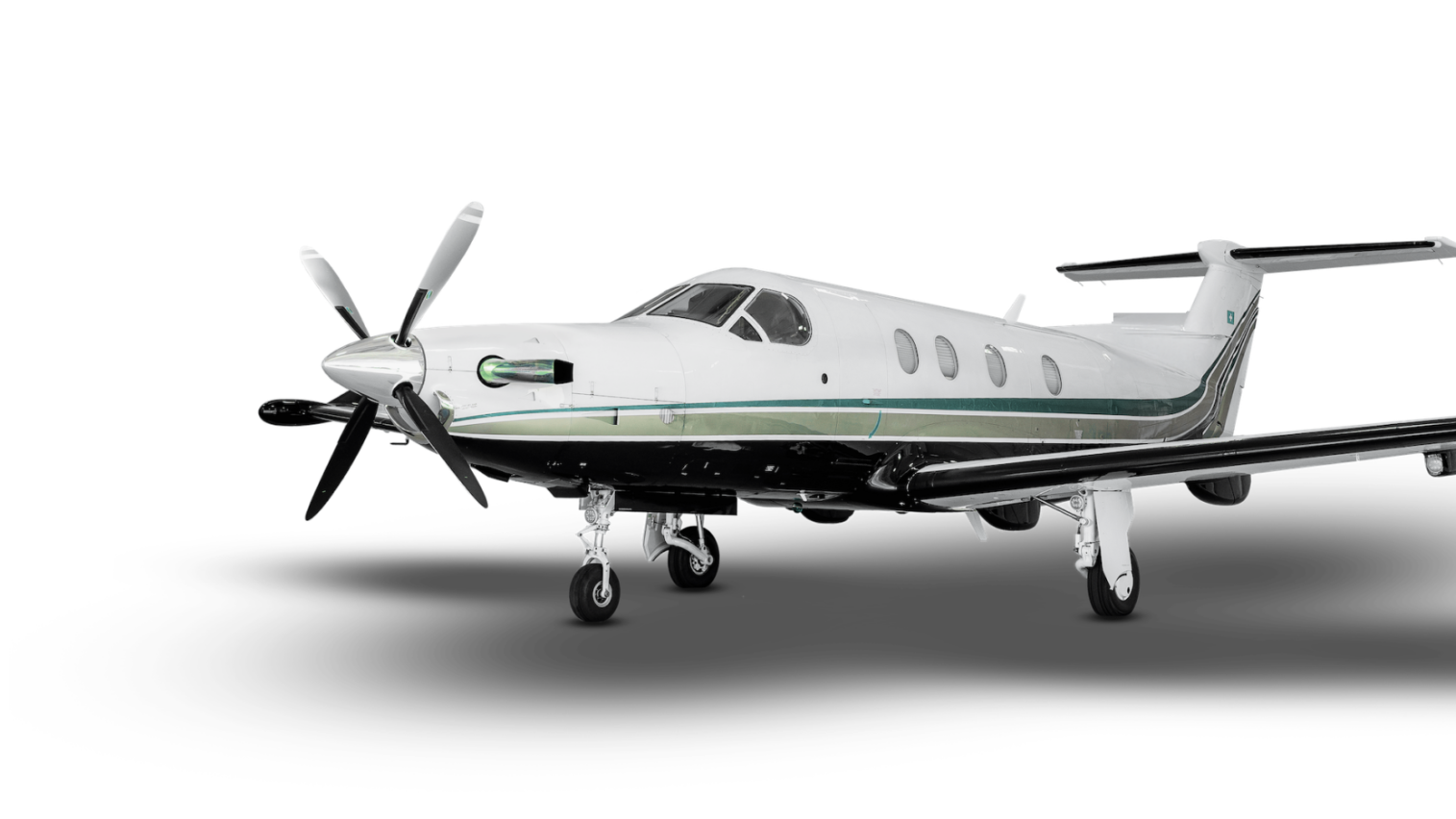
Not enough new private jets and not enough innovation with entry-level private jets is holding back business aviation, says one analyst.

While there is a mixed bag of market signals, according to Richard Aboulafia, Managing Director of AeroDynamic Advisory, overall supply and innovation at the entry level, not demand, are the biggest obstacles to growth in the current private aviation full and fractional ownership market.
“The reason we are on this plateau instead of enjoying a boom is really supply reasons,” Aboulafia said.
Speaking at a meeting of the International Aircraft Dealers Association in La Jolla, California, he reeled off more than a half dozen macro and market-specific indicators, which he said should provide tailwinds.
Aboulafia cited corporate profits, strength in the equities markets, and higher oil prices as reasons to be bullish.
He said that while spiking fuel prices crimp airlines’ bottom line regarding private jets, “many end users benefit from extraction.”
From an industry perspective, he cited “very strong” backlogs of new jets ordered, constraints on deliveries, a “still tight” preowned private jet market, continued “strong” prices on the used market, and utilization that rebounded quickly from the initial Covid shutdown.
The result is “for the first time, supply is the problem, not demand.”
“Business jet flight activity continues to normalize at over 10% above 2019 levels. Used jet availability remains just above record lows, but the trend towards normalization is continuing,” he said.
Aboulafia said there is more upside potential than downside.
However, the skies aren’t exactly clear.
“Airlines and MROs continue to face high escalations for materials which are poised to persist,” Aboulafia said.
Increasing prices for labor and raw materials continue.
Since the 2008 Financial Crisis, manufacturers have been overly focused on the high-end, where he is concerned about overcapacity.
He pointed to the first decade of this century, when the only private jets in the $50 million + category were VIP airliners from Boeing and Airbus, and to the current competition between Gulfstream, Bombardier, and Dassault.
Except for Embraer’s Phenom 300 and the Cirrus Vision Jet, which he said is more targeted at the owner-pilot, the major OEMs have not developed clean-sheet entry-level products.
“The small and middle stuff is pretty much where it was in 2008,” he said.
OEMs are, in part, “prisoners of the turbine” engine.
READ: New Private Jet Deliveries by Year (2000 to 2023)
Textron Aviation CEO Ron Draper (pictured below) supported much of Aboulafia’s commentary.
He noted near-record lows for inventory of new vintage preowned aircraft.
Draper outlined the importance of the fractional market, pointing to mega-customer NetJets and saying, “When they’re selling, we’re selling.”

Last year, the Berkshire Hathaway unit announced options for up to 1,500 private jets from Textron over 15 years.
It has similar deals with Embraer and Bombardier.
Draper said Textron is working on upgrades across the board (including the Ascend, the next generation of the XLS with a flat cabin floor).
However, the OEM will limit itself to one clean sheet project at a time.
For now, that’s the Denali, which is set to compete against the Pilatus PC-12.
While supply chains are improving, Draper said a lack of skilled workers to turn raw materials into components still exists.
“Acute choke points” will continue for a while.
READ: Why private aviation’s supply chain and labor crisis isn’t going away
According to Ruben Kempeneer, president of Aviation International News, corporate demand from businesses with their own jets will help support fractional and charter programs.
He said corporate flight departments are increasingly buying supplemental lift for sensitive missions to avoid the scrutiny of flight trackers.
During its most recent market update, IADA said, “At the end of Q1 2024, the pre-owned business aircraft market is objectively healthy, with numerous signs of rebalancing after the white-hot sales environment of 2021 through mid-2022.”
Some segments, however, could be in for severe turbulence.
Looking at the eVTOL and next-generation flight market, Aboulafia said, “It’s not going to be pretty.”
Of more than 250 entrants, only a few will make it, in his estimation.
However, it would be best to hold off on placing your bets.
Aboulafia told the audience of aircraft dealers this is “one of the more confusing market cycles I’ve seen.”